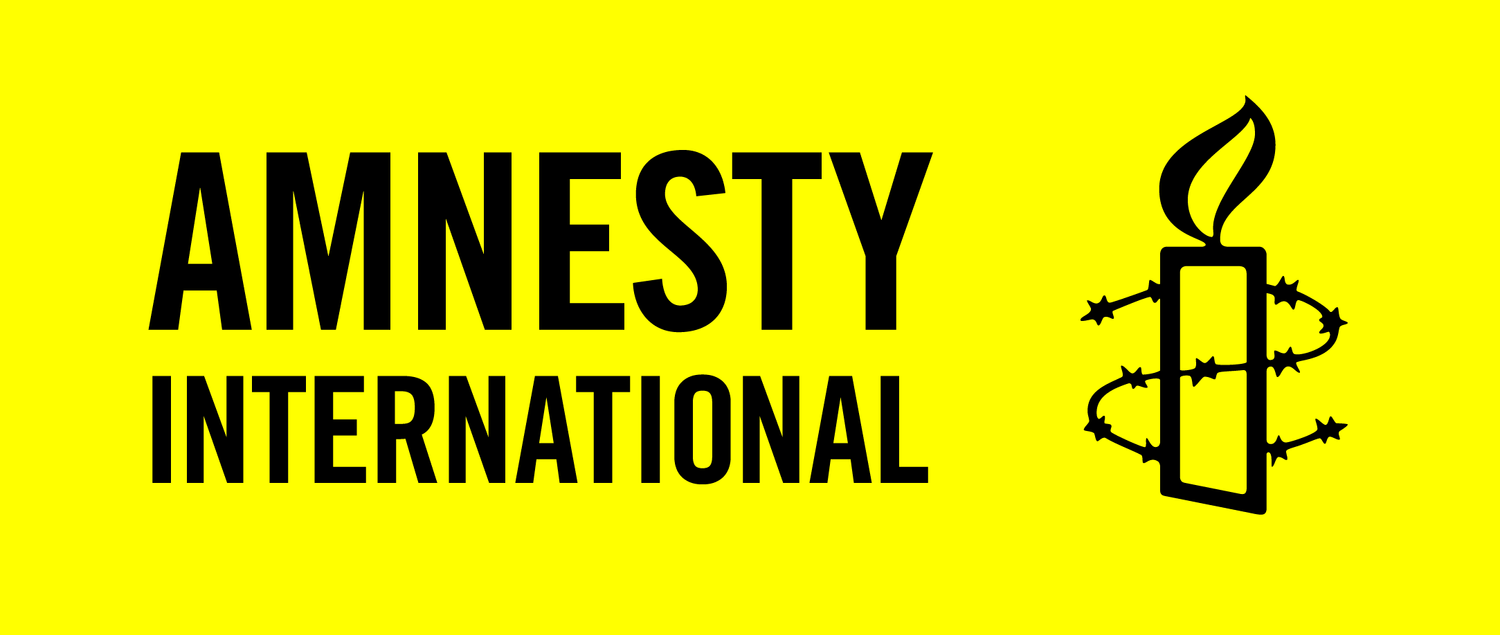Congratulations! If you are reading this you have either been appointed the Chair of an Amnesty International entity for the first time or are thinking of becoming one. Alternatively, you could be an outgoing Chair preparing to exit your leadership role, or have already successfully completed your term of office and are looking for tips on how to pass the torch on to your successor.
Whatever stage you are at on your leadership journey, this guide will help keep you moving in the right direction towards achieving sustainable success as a leader. It aims to both support new Amnesty International Chairs in their First 100 days as they become leaders of national entities and members of Amnesty’s global governance community, and offer a number of suggested approaches for managing a smooth leadership transition.
Why the First 100 Days Matters
Taking up a new role can be one of the most challenging times new leaders face in their professional lives. Transitions are key moments that set the tone for how new Boards will work and gives new leaders the opportunity to build trust and credibility.
Practically there is a lot to learn about the rules and procedures that govern what is expected from an incoming Chair to Amnesty International. This guide is intended to help build your knowledge and assist you, as a new Chair, to frame your agenda and priorities during your First 100 Days. It also offers links to some useful background reading and practical online tools which can help with the numerous tasks Chairs often encounter in their first three months.
This guide can be used as a practical accompaniment to your induction. Your national entity Director and management team, the outgoing Chair, the continuing members of your Board, the International Secretariat (IS) Capacity Building Coordinator and the IS Governance Programme are all important sources of support as well.
A useful glossary of frequently used Amnesty International terms and acronyms and suggested further reading materials can be found in the resources tab. To access any of the online materials listed here you will need an intranet username and password. This is provided by the staff member who is the intranet ‘gatekeeper’ for your national entity.
The guide describes a full range of activities according to the month when they are expected to be undertaken or completed. Each area of activities covers important aspects of the transition process that normally takes place during the first three months of a new Chair’s role. We have created an outline transition plan template to help you plan for these activities. As you develop your own plan of action for your term, you may also like to consider how certain tasks or activities will be allocated, who could do them and how your plan’s progress will be monitored.
Month 1: Orientation
Month 2: Analysis
Month 3: Action
Passing on the torch without torching the past: Securing your legacy and ensuring the success of your successor
As a movement reliant on dedicated volunteers working towards human rights change our leadership faces constant renewal. In Amnesty International this occurs through a fixed democratic cycle. The process of appointing new leaders through this cycle helps the organization to grow, remain relevant and achieve results. It is also an important means of effective accountability.
Managing a successful transition to a new Chair is an essential foundation on which this process is built, and a way of ensuring continuity in all that you have worked hard to achieve as a leadership team. A well-managed exit helps to preserve the legacy of an outgoing Chair, lessen disruption for the staff and continuing board members, and prepare the incoming Chair for building on past successes.
In every case there will be some specific and unique matters that national entity leaders will need to consider when it comes to ‘passing the torch on’. The following list is by no means exhaustive but rather outlines some general suggested measures that can help to ensure a smooth transition. Please feel free to contribute to the development of this guide with your own examples contacting us here.
These guidelines are written on the assumption that a leader will know when their term of office is due to end and is therefore able to plan for their departure. In some circumstances a Chair’s exit may be unplanned, for example when a Chair steps down for personal reasons or when a Chair seeking re-election is not returned by the membership. In all cases the outgoing Chair has a duty to oversee and ensure as successful a transition as possible.
Transitions offer a unique moment of reflection in a leader’s career and knowing when to pass on the torch can be as much an enduring feature of a leader’s legacy as are their accomplishments. Chairs of Amnesty International have a vital role to play in entrusting the future of the organization to the next generation. It is hoped the words of wisdom below from former Chairs will inspire you in your own efforts to draw up an empowering succession plan that both creates ownership and opportunity for your successor, and strengthens Amnesty International in the long-term.











